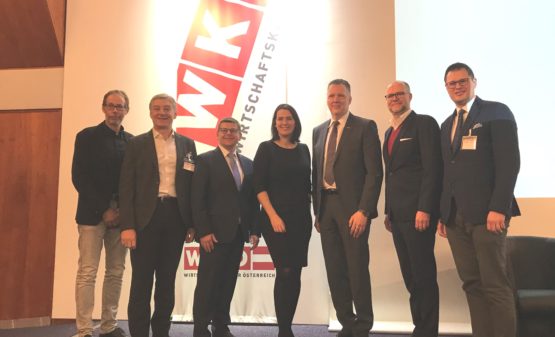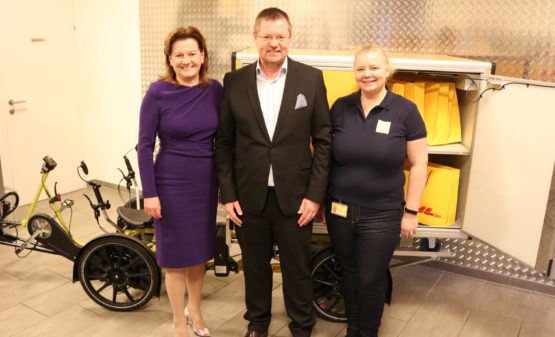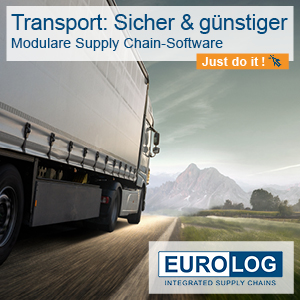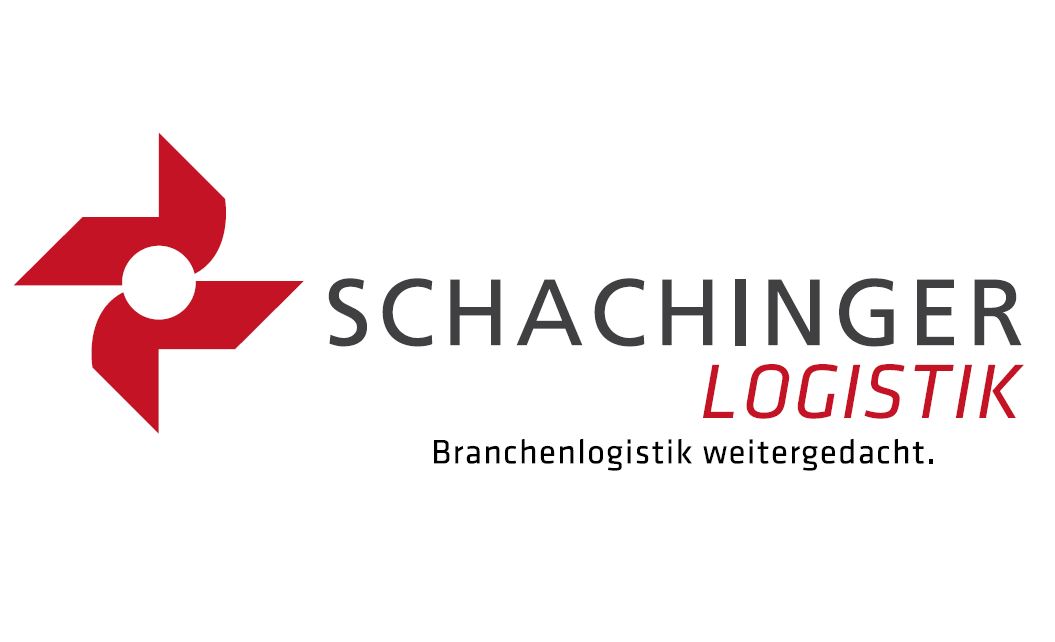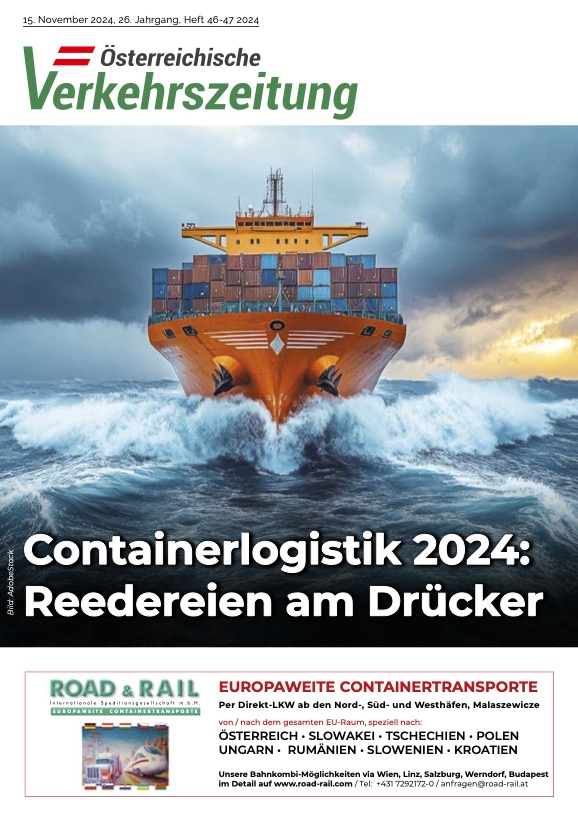DB Schenker has extensively investigated the use of exoskeletons at several logistics locations, with the aim of relieving warehouse personnel of physically-demanding tasks in the long term.
Exoskeletons are supporting structures carried on the body which support movement sequences with electro-mechanical assistance. In addition to ergonomically designed workstations, they are intended to support warehouse employees in lifting and rotating their bodies. In particular, the lumbar vertebrae and the back muscles don’t have to take the full load. The strain on these parts of the body is often the cause of health problems and inability to work.
“Our employees are our most important and most valuable asset. Hence I am glad we are taking this significant step to test better and healthier working conditions,” says Thomas Schulz, CHRO Schenker AG. “We are approaching our goal of being the first choice of employees as an innovative and globally leading logistics provider,“ he adds.
During the pilot project, the focus was on the picking and sequencing of packages weighing up to 15 kilograms. Employees equipped with an exoskeleton removed the packages from storage racks and then placed them on pallets. The exoskeleton supported the movement sequences.
“The feedback from the doctoral students and DB Schenker
employees after the test was very positive and once again confirmed that the
long-term use, in conjunction with ergonomically optimally-designed logistics
processes, can improve the health of the employees.
In the coming months, we will now be analyzing the results in detail and
checking whether the exoskeletons will then be included in the area of process
optimisation at DB Schenker,” said Gerald Mueller, Head of Process and
Efficiency Management.
Even in highly automated warehouses, employees are still indispensable for many operations. While general lifting activities can simply be delegated to machines such as forklifts or robots, lifting out is still too complex for the control technology of these machines. An exoskeleton combines the power of the machine with the motor competence of humans.




